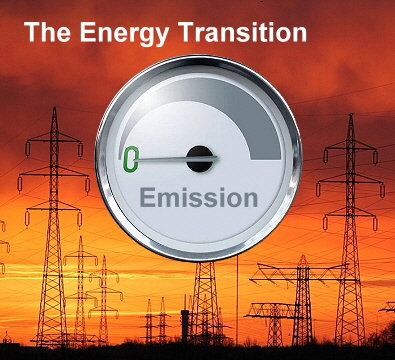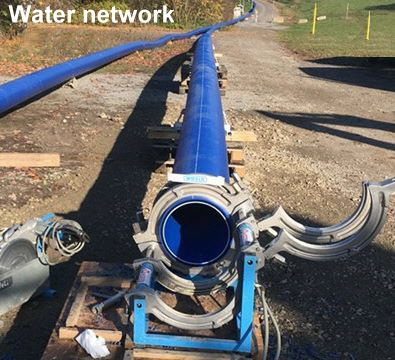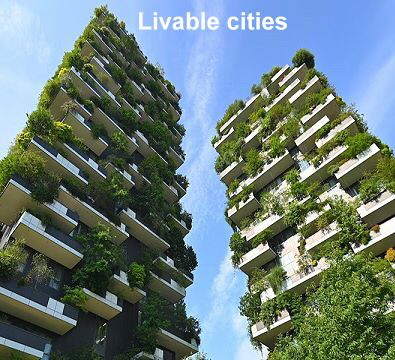

Index Home Desert-Electricity World Deserts Electric Network Types of Produktion Comparison Water Network Hydrogen New Industry Green Cities Energy Transition Imprint
Home
We need more and more energy, cheap energy, clean energy
We can NOT guarantee this with nuclear power plants, solar power plants or wind turbines; there is no real individual solution for states.
What we need is an international energy network with the cheapest generation currently available. Thermosolar is the cheapest and by far the most efficient form of generation.
We need water in places where there is little or no water and we have to get it from where there is too much water
We therefore need an international pipeline network with which we can bring water to where it is needed at any time.
Where there is water and where there is energy, hydrogen can easily be produced on site where needed. With an energy and water network, we are also indirectly building a hydrogen network.
We need energy, water and hydrogen for a CO2-neutral circular industry and cities that no longer produce CO2 but but reduce it
• An industry that no longer produces CO2 and in which all raw materials bound in the products can be recovered.
• Green, planted and livable cities that are able to reduce the CO2 we produce too much instead of producing more and more of it.
Energy transition and e-mobility with an international energy network
• Increasing demand for rare earths and critical metals
Reports show that the demand for critical metals such as lithium, cobalt, nickel, rare earths, and other materials will increase significantly in the coming decades, primarily due to the expansion of so-called renewable energies such as wind turbines, photovoltaic systems, and battery storage, but also due to electric vehicles, electronics, chips, AI, and new data centers. Studies predict that future global demand will significantly exceed available resources. These resources and reserves are only sufficient in some cases.
According to these calculations, the entire world's demand for rare earths, critical metals, and other materials cannot be fully met.
• Recycling is not a solution to meet total demand
First, every country would need to have sufficient resources to establish an energy transition, i.e., a supply of emission-free energy for all possible consumers and e-mobility, before recycling could avoid bottlenecks caused by the constant need to renew systems (every 25-30 years).
• Increasing demand for nuclear material is depleting resources
Resources for nuclear power generation will also deplete in the next 25-50 years, with ever-increasing expansion.
• Wind turbines and photovoltaics cannot meet energy demand
The electrical energy for all consumers, all electric vehicles, industry, new data centers for AI, hydrogen production, smart cities, and CO2 capture cannot be provided by wind turbines and photovoltaic systems; the space and resource requirements would be far too high. The amount of waste would be unmanageable. Furthermore, the service life of both types of generation is far too short at 25-30 years, and recycling methods are still not sufficiently advanced to ensure the continuous renewal of these systems in a resource-saving manner. Especially in photovoltaics, many of the raw materials used, such as silver, indium, cadmium, lead, selenium, and tin, are not yet recovered because chemical separation has not yet been developed for cost reasons. These materials make up 10-30% of solar cells and still end up in hazardous waste landfills.
• A true energy transition is so not possible as planned
There will continue to be consumers who will continue to rely on fossil-generated energy. The construction of wind turbines and photovoltaic systems will continue to emit large amounts of CO2.
There will continue to be countries, especially poorer countries, that will continue to rely on fossil fuels to meet their energy needs.
And this will continue well beyond 2050. By then, global warming will most likely have increased to +3°C compared to pre-industrial times.
• Fusion energy cannot solve current problems
Fusion energy cannot help solve the problems of global warming, as it is still not expected to work for the next hundred years, and it remains to be seen whether it will ever work at all.
Proposal for a truly sustainable solution
I have often expressed the idea of ​​an international energy network in the past, powered primarily by thermosolar solar power plants (parabolic mirrors) in the deserts of the world. The advantage of these plants is that their demand for rare earths, critical metals, and other rare materials is not very high, as the technology is very simple and has been known since 1900. If all countries with deserts participate, the time difference would result in a total supply in the network of almost 24 hours, seven days a week, and 365 days a year. In short, there would be enough energy available for the world at all times, requiring only 15-25% of the space of deserts. The need for intermediate battery storage would also decrease accordingly, as thermosolar systems can store energy through heat.
• Serial production worldwide
Standardized serial production of identical systems ensures efficient production that can take place anywhere in the world.
• Long service life of these systems
The service life of these systems can be over 100 years, meaning they do not need to be constantly replaced. This would increase the profitability of these systems fourfold compared to wind turbines and photovoltaic systems. No fuel would be needed to generate electrical energy. This would provide an unbeatable, stable, and secure source of income for all operators and investors.
• Recycling
These systems are largely made of steel, which is excellent for recycling. and recycled. Other components, such as the control motors and generators, can be easily disassembled and also recycled quite easily. Overall, a recycling rate of 95% is possible.
• The Savings Effect
The demand for rare earths and critical metals would decrease significantly due to the elimination of wind turbines, photovoltaic systems, and especially the planned huge battery storage systems, which would significantly reduce the current disputes over this material.
• Economic Growth and Jobs
Thermosolar systems require international cooperation, which could ensure peace in the world. New jobs and income opportunities would be created, especially in poorer countries, which could also significantly reduce migration from these countries.
• Emission-Free Production
If we were to proceed according to the principle of creating new systems with emission-free energy generated from a specially developed emission-free system and further promote this method, we would be able to save a lot of emissions.
• Hydrogen Powerfuel
In conjunction with an international water network, hydrogen could be produced anywhere in the world and distributed to consumers in small, relatively safe, low-pressure networks. Powerfuels could provide over a quarter of final energy in a globally renewable energy system by 2050.
Index Home Desert-Electricity World Deserts Electric Network Types of Produktion Comparison Water Network Hydrogen New Industry Green Cities Energy Transition Imprint













